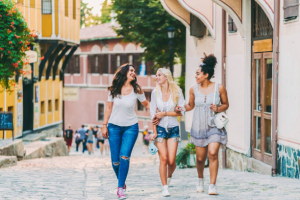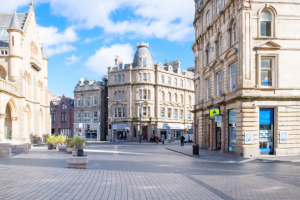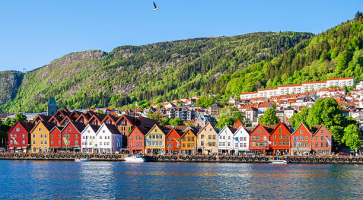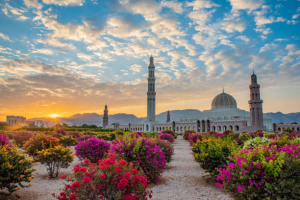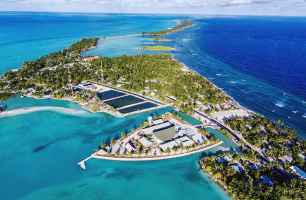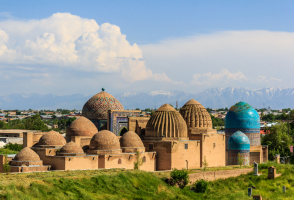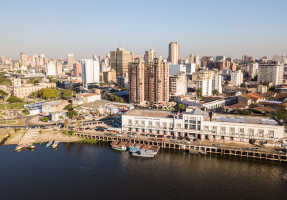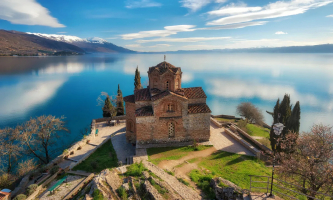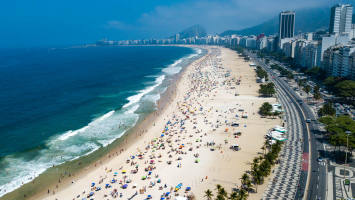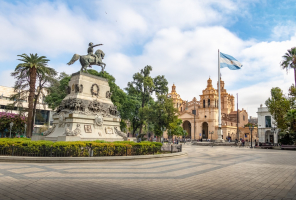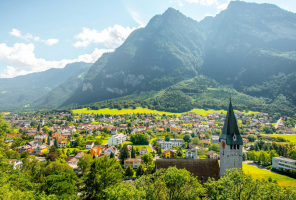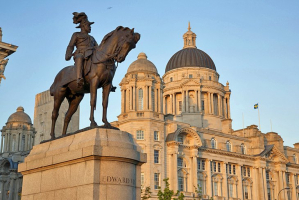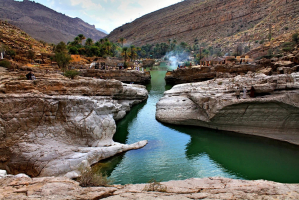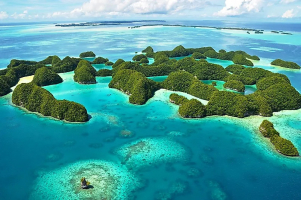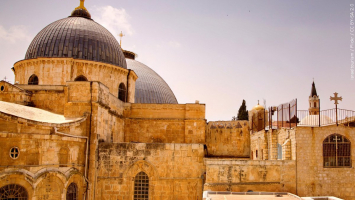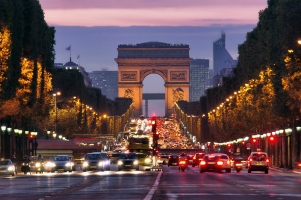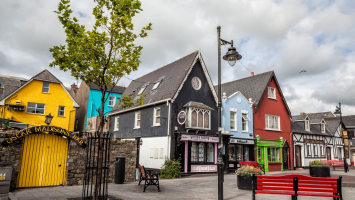Top 6 Reasons to Visit Burundi
A little nation called Burundi can be found along Lake Tanganyika. It borders Rwanda to the north, the Democratic Republic of the Congo to the west, and ... read more...Tanzania to the east and south. Burundi is a wonderful place to travel because of its pleasant weather, welcoming locals, and intriguing destinations. Here are some of the reasons to visit Burundi at least once throughout their lives.
-
There are a number of tourist attractions in Burundi, most of them are connected to the nation's history of exploration. The Livingston and Stanley stone, a monument honoring the expedition of the two British explorers, may be found 12 kilometers (7.45 miles) south of Bujumbura, the country's capital. Discover the meeting spot of two renowned British explorers, Stanley and Livingstone, at the Livingstone-Stanley Monument. They stayed here for several nights, exchanging ideas and opinions. In Burundi, this monument offers a beautiful vantage point among the surrounding natural beauty.
A Burton and Speke Memorial can be seen in Nyanza Lac, close to the Tanganyika border, in Burundi. According to historians, in the late 1800s, British explorers Burton and Speke stopped there for a while before continuing their voyage. Philip Hardwick, who also created the original Euston Railway Station, created the Speke Monument, which was erected in 1866.Germans' Gorge, which is situated in southern Burundi not far from the Tanzania-Burundi border, is also a part of Burundi. Before traveling to central Burundi to declare himself king, it is thought that the first king of Burundi originated from this location. Those things is considered as one of the Reasons to Visit Burundi.
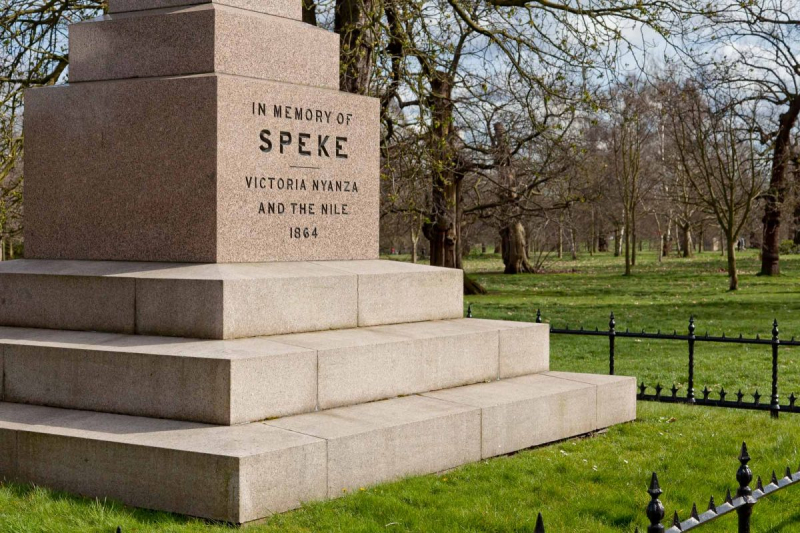
https://www.royalparks.org.uk/ 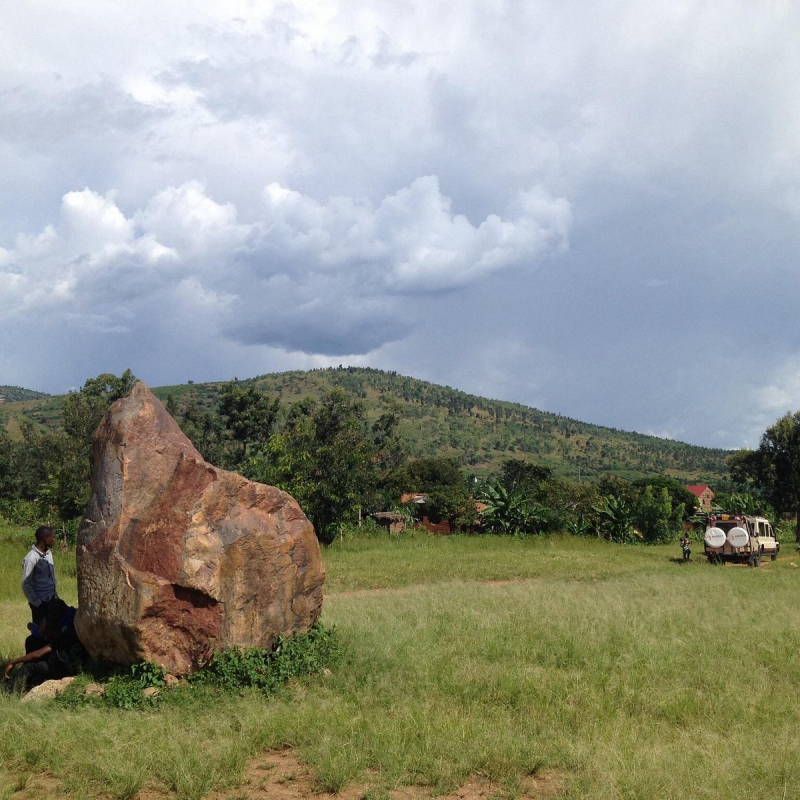
https://www.tripadvisor.com/ -
Burundi's tourism industry is underdeveloped, but it is progressively growing, and it has poor road infrastructure, as is the situation in many other African nations. However, Burundi is blessed with an abundance of wildlife and natural resources that visitors can explore and get close to. Visits to parks with wildlife and beautiful scenery, like Kibira National Park, the Rurubu River, and Lake Tanganyika, are the most popular type of ecotourism.
The Nile is the longest river in the world, which is the first thing that springs to mind while discussing it. There are many tributaries to the river. According to some sources, Burundi's territory contains the river's southernmost source. There is a structure that resembles the Egyptian pyramids at the river's origin. You can see the entire river from this vantage point. On the walls of the pyramid, visitors frequently scratch their names.
In Burundi, Tanganyika Lake is another lovely location. The lake is the second-oldest freshwater reserve in the world and is the longest (673 km). The lake is home to more than 350 different fish species, the majority of which are indigenous. Along with the fish, Lake Tanganyika is home to remarkable animal species that constantly astound visitors. Animals can be found here on the lake and its shoreline. The hippos, which occasionally emerge from the lake to bask on the beaches and offer a unique show for tourists and nature enthusiasts, are particularly interesting to observe.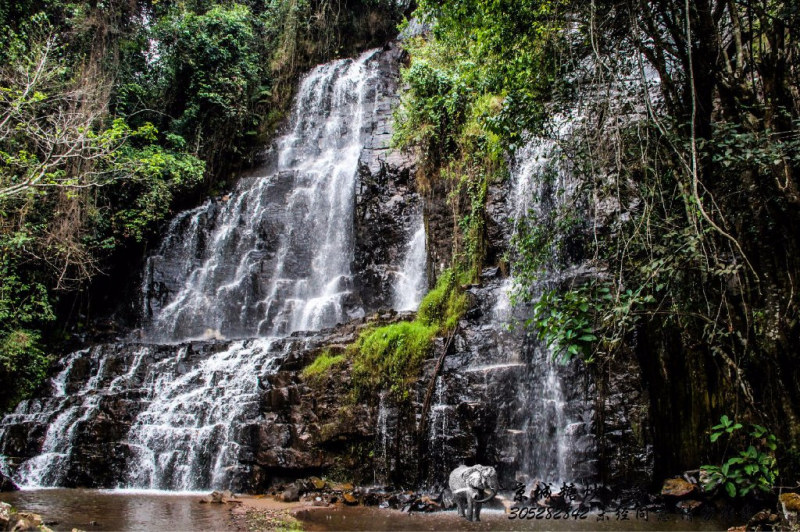
https://www.congosafaristours.com/ 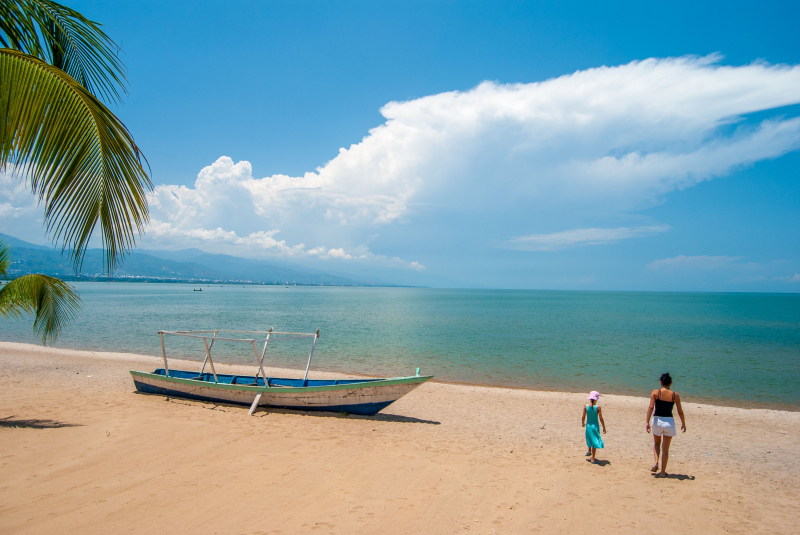
https://www.pinterest.com/ -
You can find a lot of organic fruits and veggies here because the agricultural industry hasn't developed technologically as much. You will have a wonderful lunch with fish from Lake Tanganyika, as well as fruits, vegetables, and grains cultivated in volcanic soil. Since there is a South Asian community in the nation, curry sauce dishes may be found regularly. The two foods samosa and shish kebab are popular. National cuisines include grilled bananas and shish kebab. Burundi doesn't eat a lot of meat because raising animals is a secondary occupation; yet there are several dishes that use goat and sheep meat, even though cows are highly revered.
Sangala (sometimes referred to as captain), Mukeke, and Ndagala, which are only found in Burundi, are hosted by Tanganyika. In the Musé Vivant stores in Bujumbura, you may purchase some traditional food and drink from Burundi. Tourists can view animals there and enjoy regional beer not far from the National Radio and Television Centre. Sorghum beer, honey liquor, and banana wine are all available for tasting at Musé Vivant in Bujumbura. Each of them is prepared according to custom, and it is presented in a traditional calabash. This can be seen as one of the Reasons to Visit Burundi.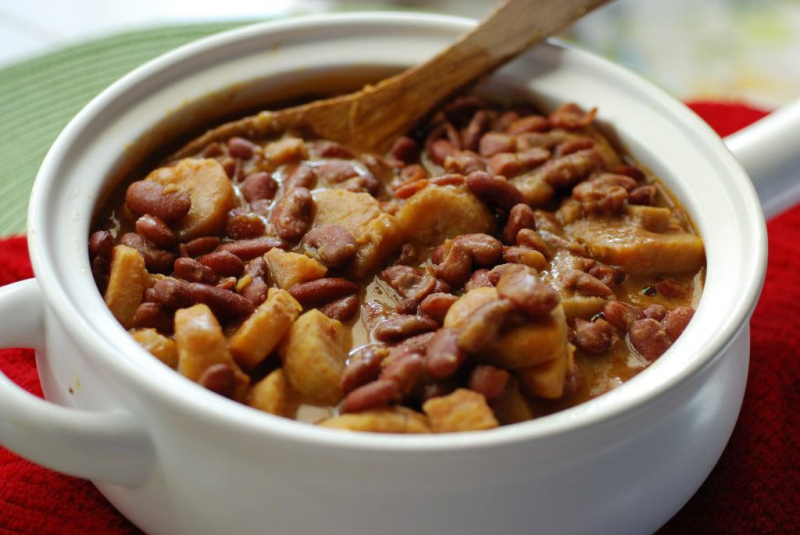
https://www.internationalcuisine.com/ 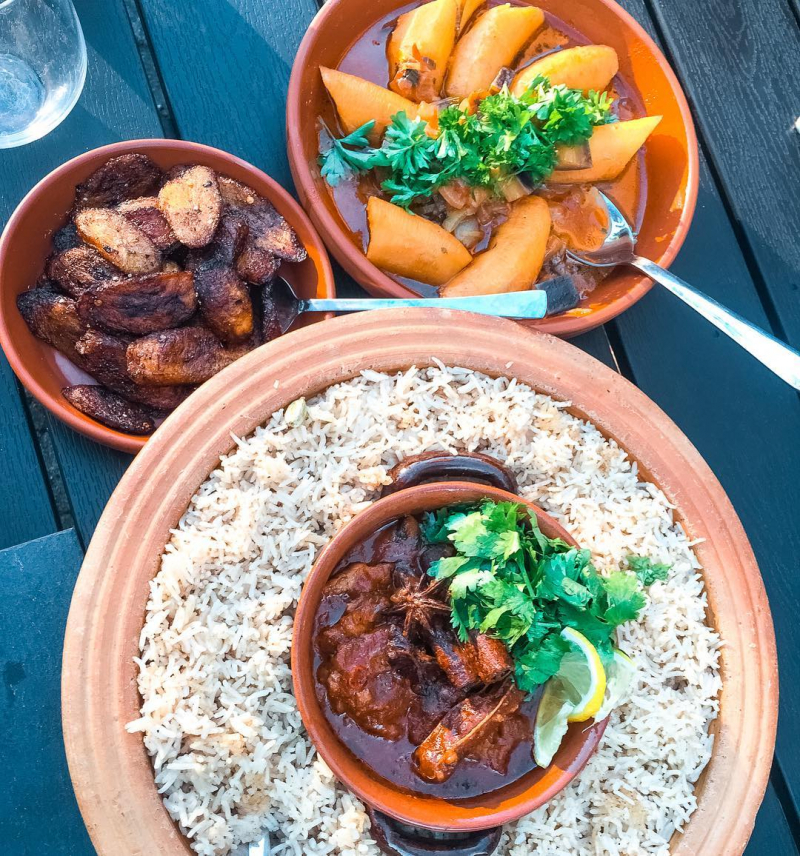
https://twitter.com/ -
The people of Burundi are well known for their warm hospitality. The people of Burundi are friendly and welcoming. If you're not convinced, just ask anyone who knows someone from Burundi! When a group of close friends from Burundi join together for a gathering, they all drink impeke, a local beer, together to represent unity. In Kirundi, a visitor, or "Umushitsi," is respected and safeguarded. The natives will welcome you with gracious hospitality and be eager to show you the splendor of their nation despite the fact that poverty is pervasive here.
Instead than expecting the foreigner to try speaking the local language, it is typical for a local to try speaking the visitor's language and give assistance. Warm smiles, lighthearted humor, and polite hospitality are extended to visitors who demonstrate respect for, regard for, and a sincere interest in Burundian culture. There is a palpable excitement from locals anxious to promote their nation's beauty despite the pervasive poverty.
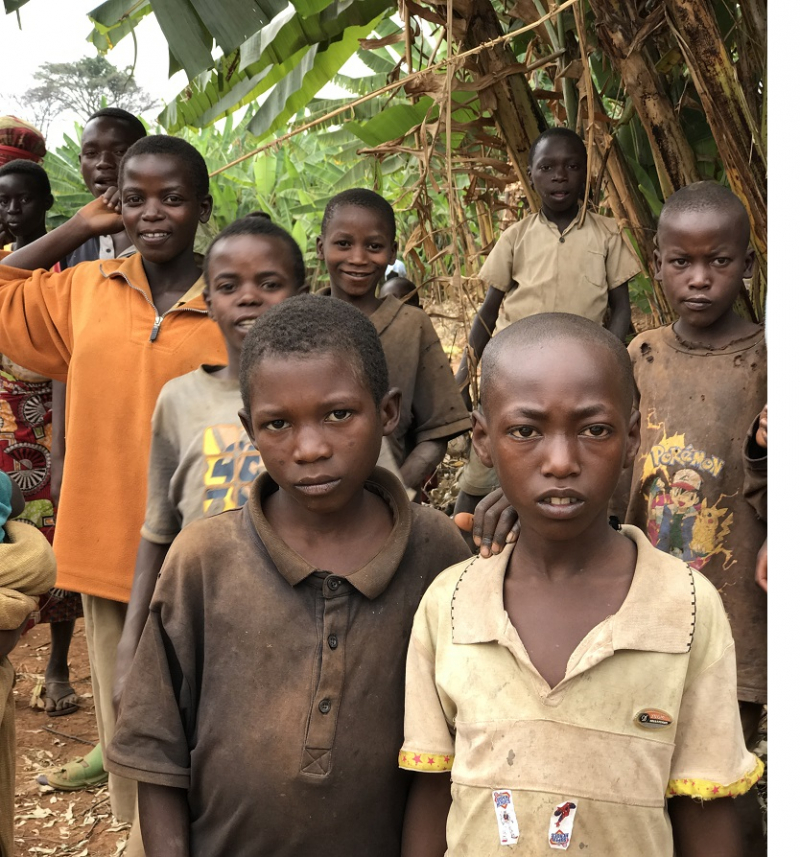
https://www.gazette-news.co.uk/ 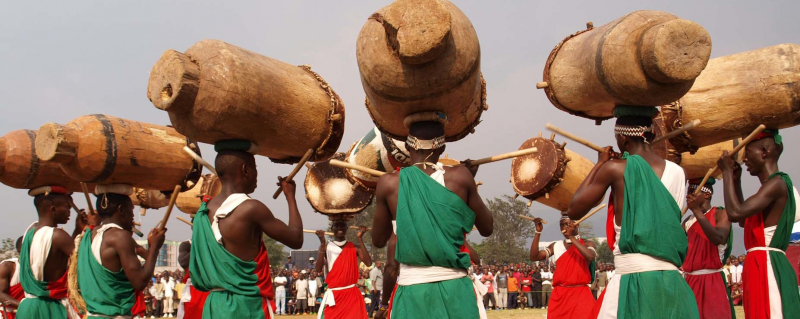
https://morigobeyond.com/ -
Most notably, the folk songs and dances that make up Burundi's rich cultural history were created to glorify the benefits of kingship; but, since the monarchy was overthrown in 1966, this kind of cultural expression has diminished. Since then, Burundian daily life has been shaped by the needs of surviving at a time of civil war and racial animosity, and many significant social institutions, including the family and the village council, have lost their power as a result of political upheaval and the mass emigration of people.
The yearly sorghum festival (umuganuro), which features a stunning performance of traditional dances by court dancers, was once a time for many celebratory occasions (intore). Drummers beating the Karyenda, the monarchy's emblem, are also taking part in the festival; their performance is meant to give this celebration and other ceremonial events a musical and symbolic resonance.
Burundians have long had a legacy of artistic expression in the visual arts. Collectors of ethnic arts reward decorated papyrus panels, as well as Burundian-made swords and drums, which frequently portray subjects from Burundian legend and have geometric patterns. Italian missionaries brought ceramic production to Burundi in the 1960s, and Burundian potters have infused local features into this foreign medium. Ceramic production has been a significant source of artistic expression. Beadwork and basketry are some further arts and crafts. Natural plant extracts are used to make the dye that is typically used to color Burundian handicrafts.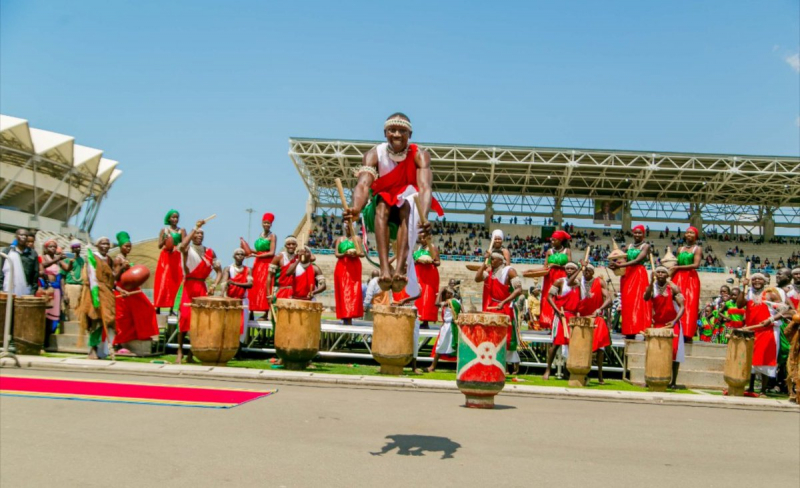
https://www.safariquestions.com/ 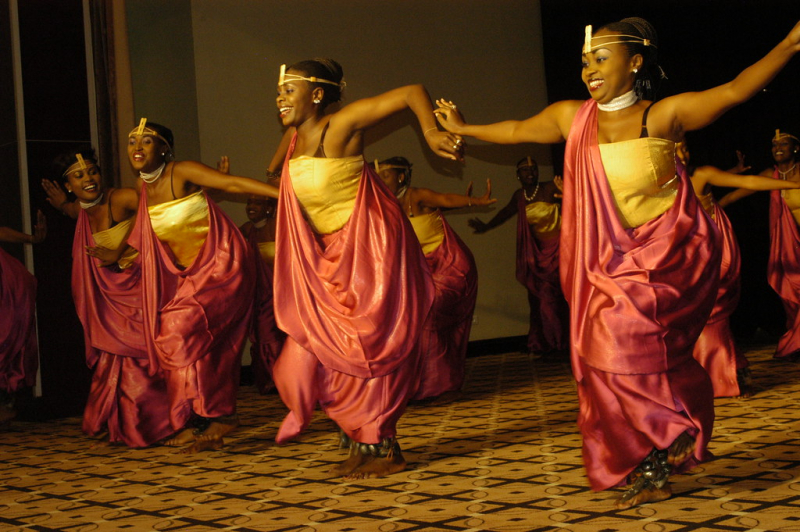
https://www.flickr.com/ -
The Nile is the longest river in the world, which is the first thing that springs to mind while discussing it. The Nile originates from a variety of places. But the river, which travels a convoluted route through multiple nations before emptying into the Mediterranean, is most likely to have its southernmost origin in this mountain stream in Burundi. The source of the Nile River in Burundi is one of the sources of the Nile and is situated 115 kilometers from the capital city at the base of the Kibimbi massif. It also features a pyramid. There is a structure that resembles the Egyptian pyramids at the river's origin. You can see the entire river from this vantage point. On the walls of the pyramid, visitors frequently scratch their names.
On November 12, 1937, Waldecker found the Burundi source. After taking refuge from Nazi persecution in the Belgian Congo, he quickly developed an obsession with locating the source of the Nile. According to legend, Waldecker needed four years to travel the almost 4,350 miles from Burundi to the point where the Nile flows into the Mediterranean. The Burundi source has always been a little trickle of water that softly cascades from a spring atop Mount Kikizi.
Waldecker built a stela on the closest mountaintop after discovering the source in Burundi "to remind people of the wonderful destiny of the river." The stone pyramid that read "CAPUT NILI MERIDIANISSIMUM," which approximately translates to "the southernmost head of the Nile," was afterwards erected in its stead.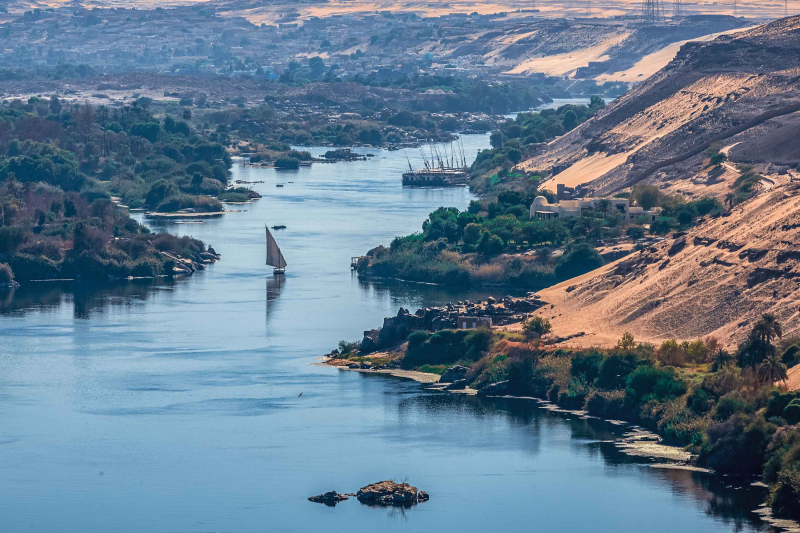
https://edition.cnn.com/ 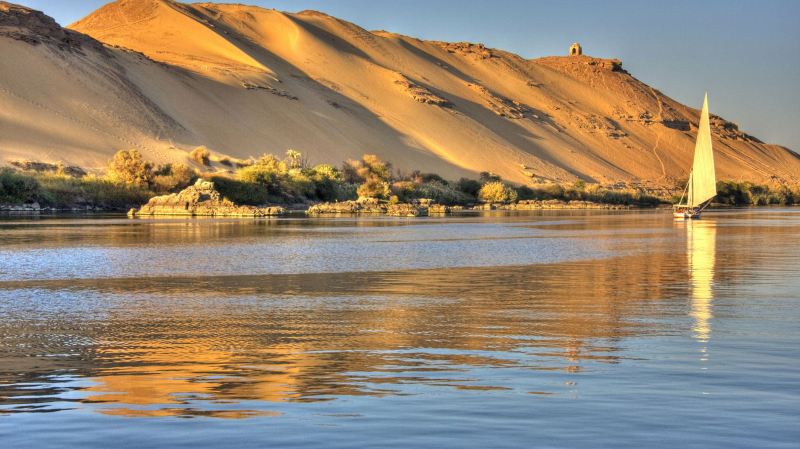
https://www.tripsavvy.com/








